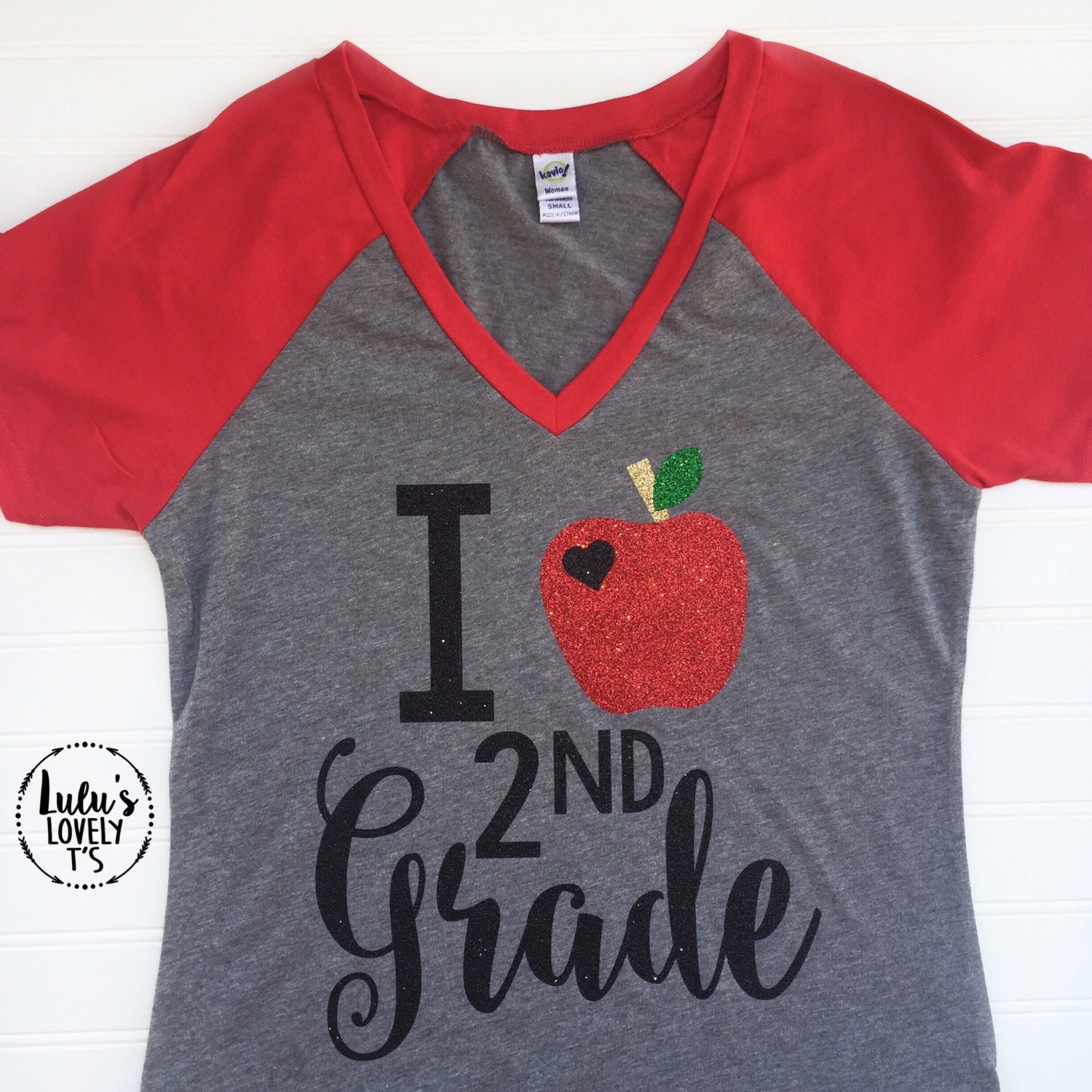고정 헤더 영역
상세 컨텐츠
본문
T-shirt design is a hugely popular outlets for creatives. Whether you're an illustrator, graphic designer or typographer, the idea of putting your designs on T-shirts can be hugely appealing (not least because you can ).
However, the process can be daunting. Here, I'll walk through my best tips for designing custom T-shirt graphics and printing your own T-shirts.
(And if you need some drawing tips, head over to our article.) 01. Take time to explore your concept Sketch your T-shirt design out, go for a walk, create a few variations, have something to eat, do a full brainstorming process. Then sleep on it.
And do it all over again. If it comes to you straight away, great. But explore other creative options just in case.

Imagine the design on a T-shirt Having worked for both print and web over the years, I know the vast difference between design on screen and a printed piece. Don't be afraid to mock up your T-shirt design on a photo of a model.
Print it out if necessary and place it on an actual tee. Make sure you see your artwork at actual size. Detail is king but keep things simple Everyone appreciates great drawing ability and attention to detail. There's nothing better than seeing a really well executed masterpiece on a tee, which you can study for hours. But, equally, some of the most classic T-shirt designs are the simplest – and get the message across through their simplest form. Anywhere in the middle and you may struggle to deliver a successful design. Consider your market This is an important one.
Ideas For T Shirts
Are you designing for male or female; young or old? At the end of the day you're designing a product that you want people to wear. Like a good brand designer would do, write down the exact person you want to attract to your T-shirt design – who they are, what they like, what other brands they like and go from there. Keep your humour subtle.
Try choosing complementary colours in your design Use the T-shirt colour effectively and try choosing. If you're using, turn on Global Colours. It's an absolute life saver and will save you so much time. (You can.) You can also use Halftones to make the most of the restricted colours you're allowed to use. Prepare your artwork properly Use when screen printing – your printer will love you for it. They'll also love you if you outline text and expand any strokes you may have.
Tee Shirt Idea For Mac Free
There are plenty of good tutorials out there, depending on whether you're using Illustrator. Source a good printer.
It's important to take time to learn about what type of T-shirt you want to print on So your design is finished and properly artworked, but your tee will only be as ever as good your printer. Try a reputable company like in the UK or in the US. You could even give your local screenprinter a call. But it's important to take time to learn about what type of tee you want to print on. The weight, sizes, labeling options, cost and so on all affect the end product.
This takes a while and will require speaking to various companies, but one thing is for certain: deal with a company that wants to treat your tee as an end retail product and will handle your work with care. Get educated. To have a good understanding of anything, you need to study it and understand its context To have a good understanding of anything, you need to study it and understand its context.
Tees have come out of every subculture phenomenon that has ever existed, whether it's music, skateboarding, street art, sport or general pop culture. Find out about them and and have an appreciation for it all.
One good book for reference is by Lisa Kidner. Be ahead of the game Be inspired by what the are, but don't copy them. Chances are by the time you've seen that T-shirt produced, other designers are moving onto something else behind closed doors. This article was first posted on Creative Bloq in 09/2012. Related articles:.




